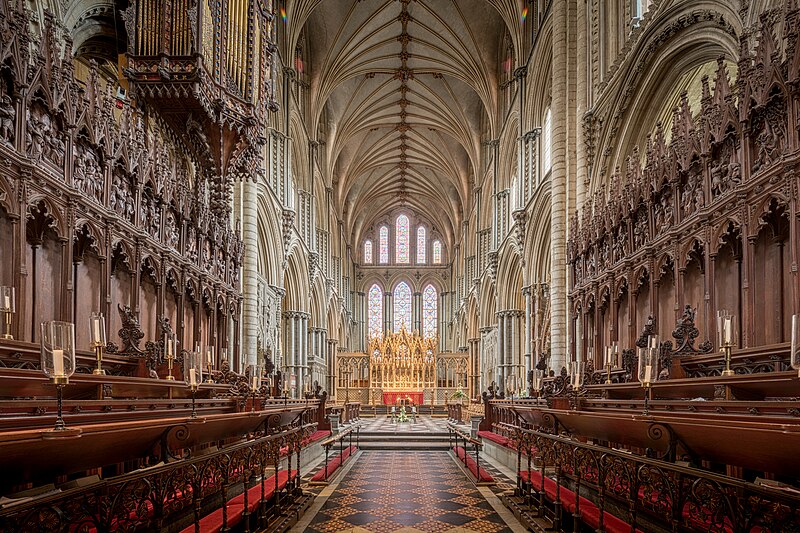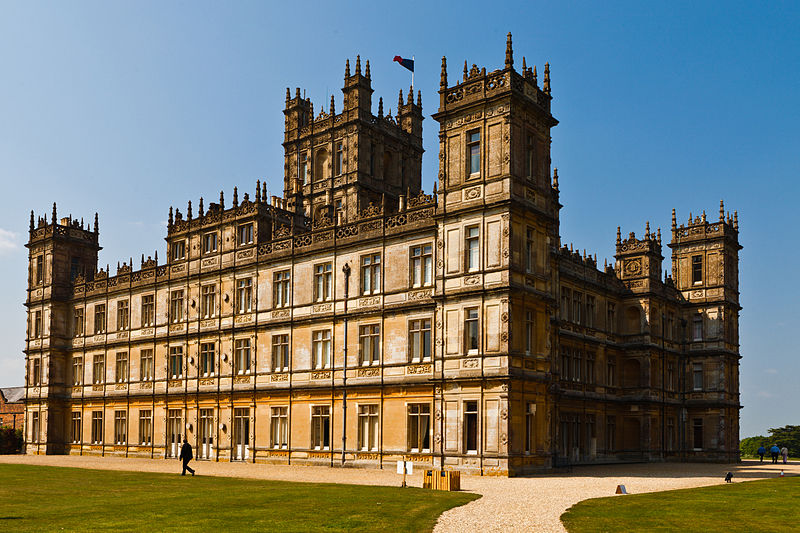The long-awaited resumption of The Crown on Netflix is upon us, and the reaction to the latest instalments has been fairly negative for various reasons. However, I am still enjoying it for the standard of the production, not least some of the sumptuous locations featured in the series. Camilla is starting to come to the fore now, and there are two key events with her at centre stage: the 50th birthday party at Highgrove and the wedding of Charles and Camilla, which in real life took place in St George’s Chapel, Windsor.
For the birthday party scenes, Somerley House in Hampshire stands in for Highgrove, continuing on from earlier appearances in the series. The festivities themselves take place in a large outdoor marquee, but there are lovely views of the exterior of the property. Later in the series, when Charles and Camilla finally tie the knot, York Minster is used for the wedding scenes at St George’s Chapel, which could not be used for the filming. The Minster was closed for five days in April this year, and crowds gathered outside hoping to spot some of the stars, although nobody knew at the time what event was being filmed.
.jpg)
Somerley-House. Photo by Somerley Ent., via Wikimedia Commons.
Somerley House is a short distance to the northwest of Ringwood on the western edge of the New Forest National Park. The house, located in an elevated position with lovely views of the surrounding parkland, is a Grade II listed Georgian building, though the original property, home to the Okden family, dated from 1653. The house was destroyed by fire and a new one was built in its place. The house and estate are not open to the public but hosts weddings, corporate events and festivals.

York Minster - geograph.org.uk - 2407484. Photo by Michael Fox, via Wikimedia Commons.
York Minster was founded in 627 and today operates as an Anglican cathedral. Like Somerley, it fell victim to a fire, much more recently in 1984, with the South Transept suffering the bulk of the damage. However, the damaged was repaired and restoration work carried out at a cost of £2.25 million. The cathedral is open to visitors at a charge of £16.00 for adults, but is well worth the money. It is one of numerous attractions in the city of York, along with the Jorvik Viking Centre, York Castle Museum and many other points of interest. Aside from these, there are boat trips along the River Ouse and York is famous for its evening ghost tours.
Map of Somerley Estate and surrounding area.









